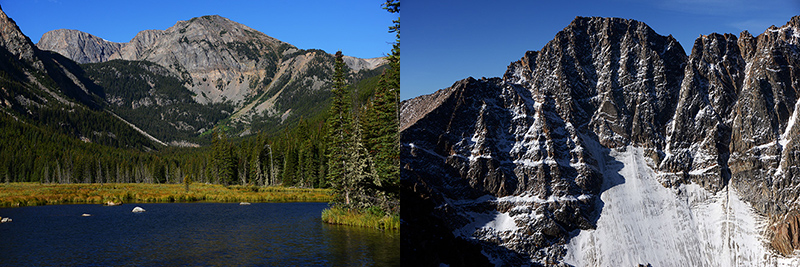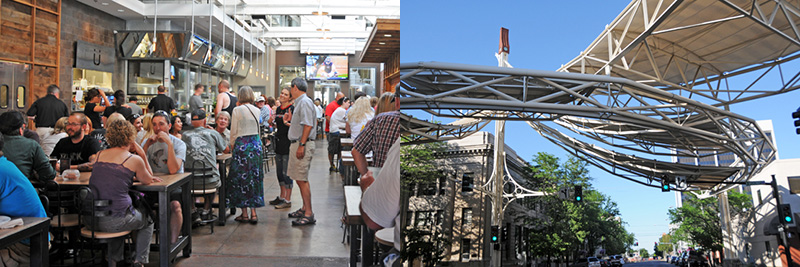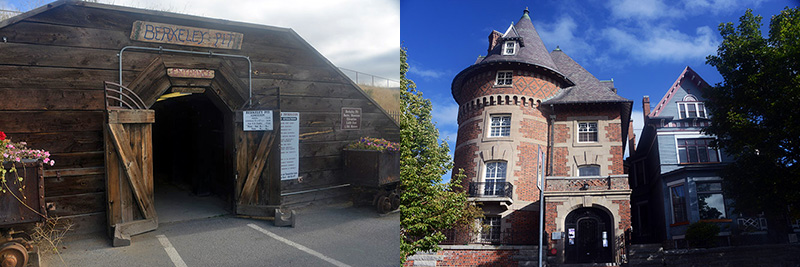Traveling in Montana
Welcome to the “Big Sky Country”! This sparsely populated state is the fourth largest in the nation and is mostly dominated by glaciated mountains in the west and big open plains in the east. Because of its small towns and tiny airports Montana is a state that I found quite difficult to reach. I spent several months in Idaho’s capital of Boise trying to find a reasonable way to visit. Despite Idaho and Montana bordering each other there are no direct flights from Idaho’s capital to anywhere in Montana. Flying from Idaho to Montana via another state was only $50 cheaper than flying from Washington DC which is on the other side of the country. Finally I had no choice but to accept a 10 hour drive, and even then I was forced to go an extra 250 miles as the highways had to circumnavigate the state’s mountains! Despite its remoteness, I ended up doing three trips to Montana. The first was to visit the small cities and towns, the second was a dedicated trip to Glacier National Park, and the third was a dedicated trip to the Beartooth Mountains where I climbed the state’s highest peak.
Glacier National Park
Click here to see Glacier National Park
Like its name, Glacier National Park was formed to protect the dozens of glaciers that exist in the two mountain ranges found in the park. Due to global warming the glaciers are quickly retreating and only about 25 currently exist today. The park totals over a million acres and has over 700 miles of hiking trails in addition to almost 50 peaks over 9,000 feet, with6 topping 10,000 feet. Wildlife includes bison, elk, moose, mountain goats, grizzly bears, and rare animals like the Canadian lynx.
Beartooth Wilderness
Click here to see Beartooth Wilderness
The Absaroka Beartooth wilderness covers nearly 1,500 square miles (3,800 square kilometers). With hundreds of miles of trails, permanent glaciers, and just about every wild animal you can think of, the Absaroka Beartooth wilderness is an excellent place for true adventure. In the heart of the wilderness is Granite Peak, Montana’s highest mountain and one of the most challenging in the continental United States.
Billings
Click here to see Billings
Just topping 100,000 people, Billings is Montana’s largest city and largest metropolitan area. The view of Billings itself isn’t very attractive, but the surrounding country landscape and the city’s downtown easily make up for it. In Billings you can see the state’s only high rise building, have a drink in the city center, and even attend a symphony orchestra. Also within a short driving distance is Yellowstone National Park and the area of the famous Battle of the Little Bighorn.
Click here to see Bannack
Founded when the country was in a civil war, the town of Bannack was created after gold was discovered in the region. The mining town at one point grew to have a population of over 10,000 people and was even the capital of the Montana territory for a period of time. Today Bannack has long been abandoned and is one of America’s best preserved ghost towns. Most of the buildings are nearly perfectly preserved today, and you can visit the former hotels, schoolhouse, and shops and homes that date back over 150 years.
Helena
Click here to see Helena
Founded in 1864 by four Georgians who had found gold along the Last Chance Creek, the small town quickly became the state’s capital in only 11 years. The town started off with the name Crabtown, followed by Pumpkinville and then Squashtown until it finally got its permanent name of Helena. Despite having its name changed so many times, Helena has kept its small town atmosphere and only has a population of about 25,000. Places to see in Helena include the state capitol, the Museum of Gold, and St. Helena’s cathedral which was modeled after the famous cathedral in Cologne Germany.
Butte
Click here to see Butte
With only 35,000 people, Butte is Montana’s fifth largest city The city began its roots as a mining town and was once one of the largest cities in the Rocky mountains. After the mining boom ended, Butte now is a more quiet city known for its history in the copper production. The vast empty Berkeley Pit is a permanent mark of Butte’s old mining days. Another major attraction is the famous Lady of the Rockies, a giant statue of the Virgin Mary built on top of the mountains overlooking the city.





